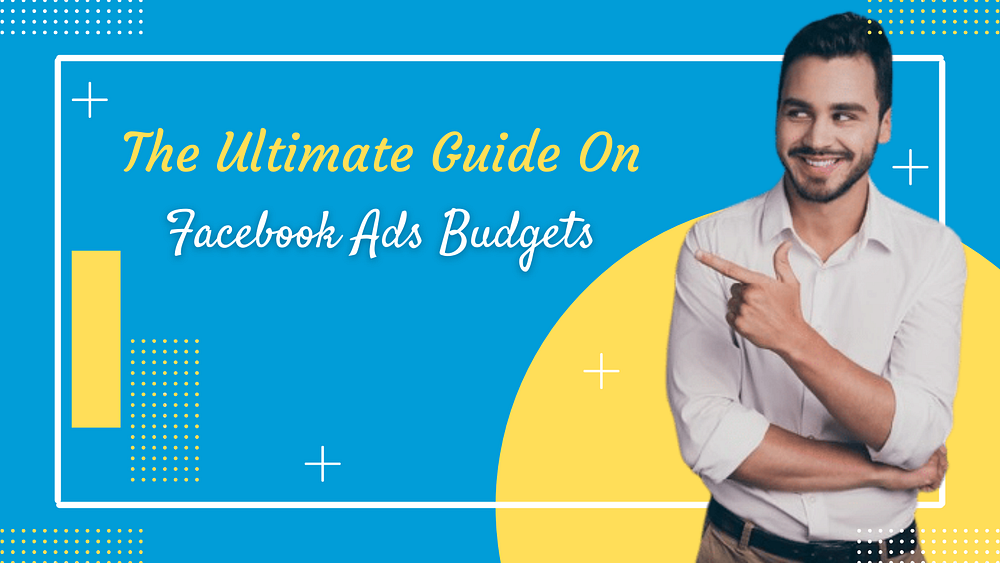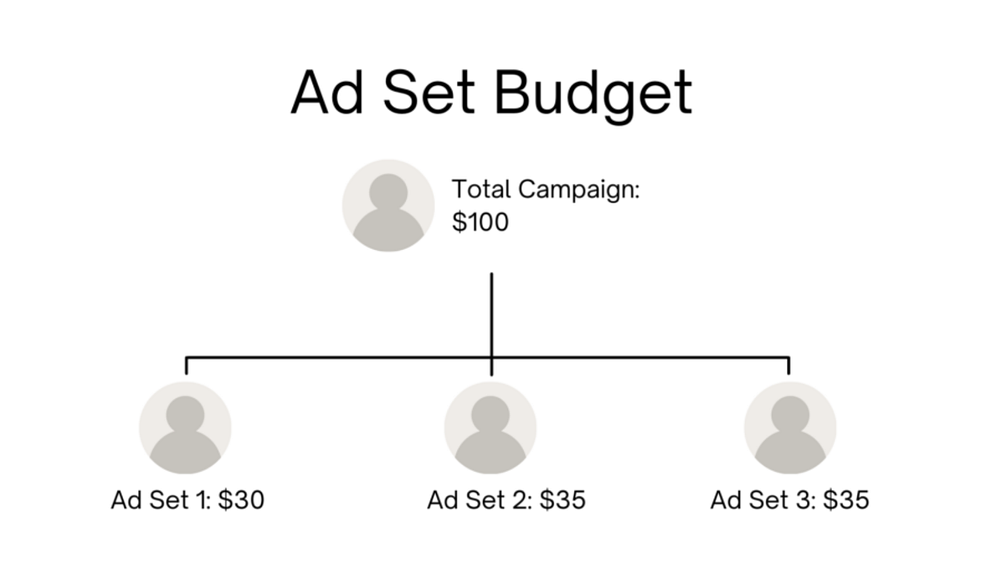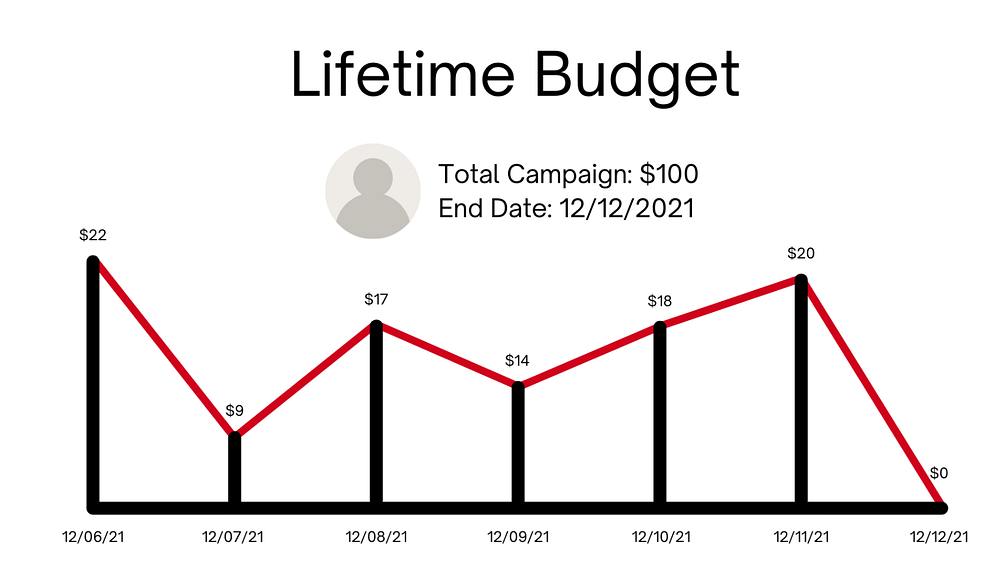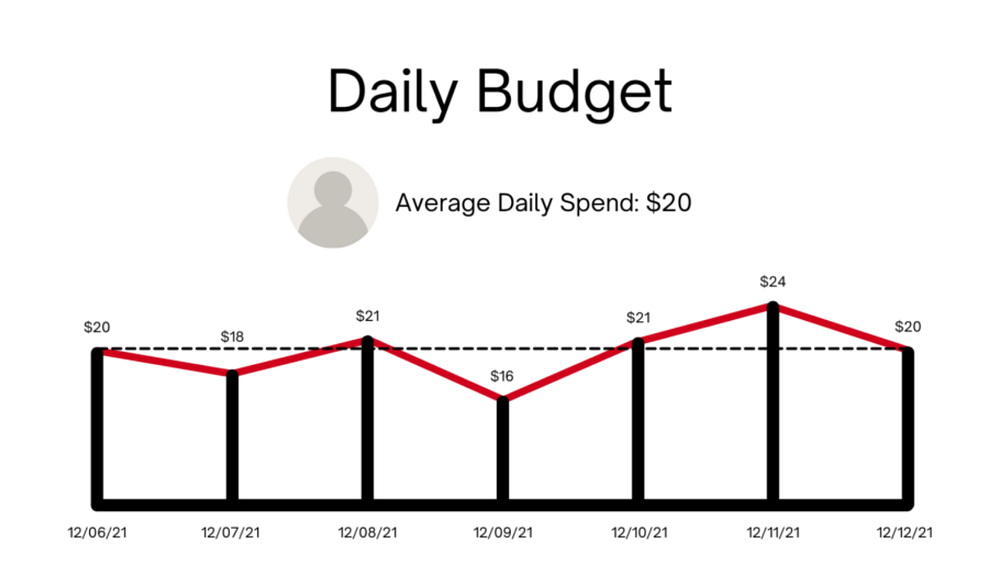If you want to succeed in Facebook marketing this year 2021, rather than simply focusing on the content it is essential to consider various other things, including the budget for Facebook ads, Facebook trends, etc.
Spend too little on your ad budget and you may not be able to gain much. On the other hand if you spend too much, it will definitely disrupt your marketing budget. In that case what should you do?
Don’t over think! Because in this guide you will learn what Facebook ads budget is — from explaining budget types to demonstrating how to get the most out of every ad dollar.
Facebook ad budget types-
You must make two choices when determining the budget of your Facebook ads:
- Here, we need to split the amount to set ad campaigns.
- How much each ad set is costing you (for lifetime or daily budget).
These budget choices can help you maximize the hard-earned publicity dollars depending on the type of ad campaign you are running.
Difference Between Campaign Budget & Ad Set Budget-
You are likely to have more than one ad set running simultaneously on Facebook. But how do you determine how much money each ad set receives from your total budget for successful Facebook ads? If you choose between a campaign budget or an ad budget, you answer this question.
You can set an overall budget for all your ad sets with a campaign budget and let the CBO (campaign budget optimization) decide on how you spend the best on a Facebook algorithm.
The best budgets for the campaign are for those who:
- Want to optimize more at campaign level compared to ad set level
- Manage campaigns with multiple ad sets
An ad budget allows marketers to control how much money is spent on every ad set.
This control level makes it ideal for those who:
- Test the performance of your ad sets
- Have ad sets that are of value in such a way that a bidding algorithm does not understand
- Have ad campaigns with just a few ad sets
- Have ad campaigns with mixed audiences or campaign objectives
In general, the main advantage of ads is that they are controlling you. The downside is that you must monitor your bid strategies and optimize them. If you have only a few assets, it can be OK, but errors can occur if the campaign expands.
Daily/Lifetime Budget-
Now that you know how to divide your money into ad sets, then you must decide how each ad set will spend a certain amount of time using its budget. This is called budget duration by Facebook. For defined campaigns, lifetime budgets are perfect. You begin with a date of end and a total amount of spending. You can then let Facebook select the best times for displaying your ads.
For people who prefer lifetime budget:
- Do you have a budget and a deadline for a campaign?
- Do more focused campaigns, such as retargeting or special promotional efforts, run?
- Don’t mind consistent daily investment
By contrast, you set an average dollar per day for a daily budget, and during the course of one week Facebook will do what it can to achieve that goal. Each day, if you feel that Facebook can get more value for you, it is free to deviate from the average by up to 25 percent by changing the numbers a bit.
For people who opt for daily budget:
- Want (mostly) to keep track of their daily expenses on ad campaigns consistently.
- Running an ongoing campaign, like brand awareness.
Now that you know different types of budgets, you can examine how you can determine the ideal funds for your campaign.
Finding your perfect funds for Facebook ads
The perfect funds for Facebook ads fulfill your marketing targets without excess.
Step 1:Think of your objectives
Start your budgeting with your Facebook marketing efforts, which concrete goal you wish to achieve. You can figure out- what you have to do to reach desired goals, and how much you should spend on it?
Often campaign objectives are divided into three broad categories:
- Knowledge: bring your service, product, or brand to the attention of the public
- Consideration: You are considered a solution to your problems by your audience
- Conversion: Convert your public to clients
Step 2. Comprehension of How Many It Cost
There may be different costs associated with each type of campaign objective. Fortunately, we have the stubborn data to help you realise how much you may have to spend before testing your new ads.
Step 3. Start your metrics Small and Track
Until you test it, you won’t know what works in Facebook wilds. Testing allows you to see which advertisements are the horses and which must be placed on the pasture.
Generally, start with spending smaller ads in three to five days. The longer you run the ad, the more data, the better it will be displayed on Facebook. You should have sufficient performance data to assess the campaign by leaving the ad about five days later. On a bad day, you don’t want a good ad cast.
Phase 4. Spending Ramp Up Ad
Start looking at what (and isn’t) works in your ad strategy after five days or so. It is time for your funds and your objectives.
With the Facebook Ad Manager, you can change your ad budget on Facebook. You’re going to want to, once there:
Move the ad or the campaign to be edited by your mouse (depending on the kind of budget type you chose)
- Change your fund by clicking on Edit
- Before closing, please click Publish
Conclusion
It may at first seem awful, but the ad budgets on Facebook can only be made more practical. The best thing to do is to get the most out of every Facebook ad campaign that you ever carry out, once you know how they work.
Everything for now! All for today! All for today! This guide will hopefully help you to create the best Facebook ads budget. You also need to plan better, in addition!





